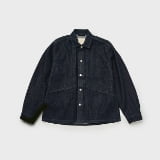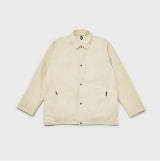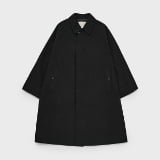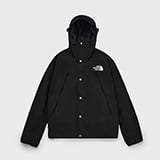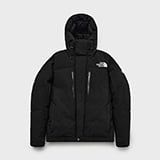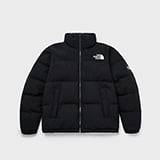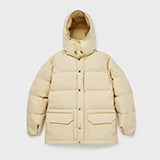The strongest memory from two days spent with contemporary artist Takeshi Yasura might be his food routine: before eating his meal, without actually pronouncing the word, Takeshi joins his hands together for nearly five seconds, as if to say “itadakimasu!” It doesn’t feel just like a formality, but like an honest expression of gratitude. How long does it take for the rice we eat every day to grow? For the rock salt we use every day to crystallize? Even though it was only two days, spending time with Takeshi can bring such thoughts…
Takeshi does not take anything for granted, but carefully appreciates everything around him. Looking at things from a time perspective can reveal their details. Everything has a story, from the food we eat to the fibers that form our clothes. The earth has been greatly damaged by our materialistic society, but appreciating those stories may be the shortest route to its regeneration.
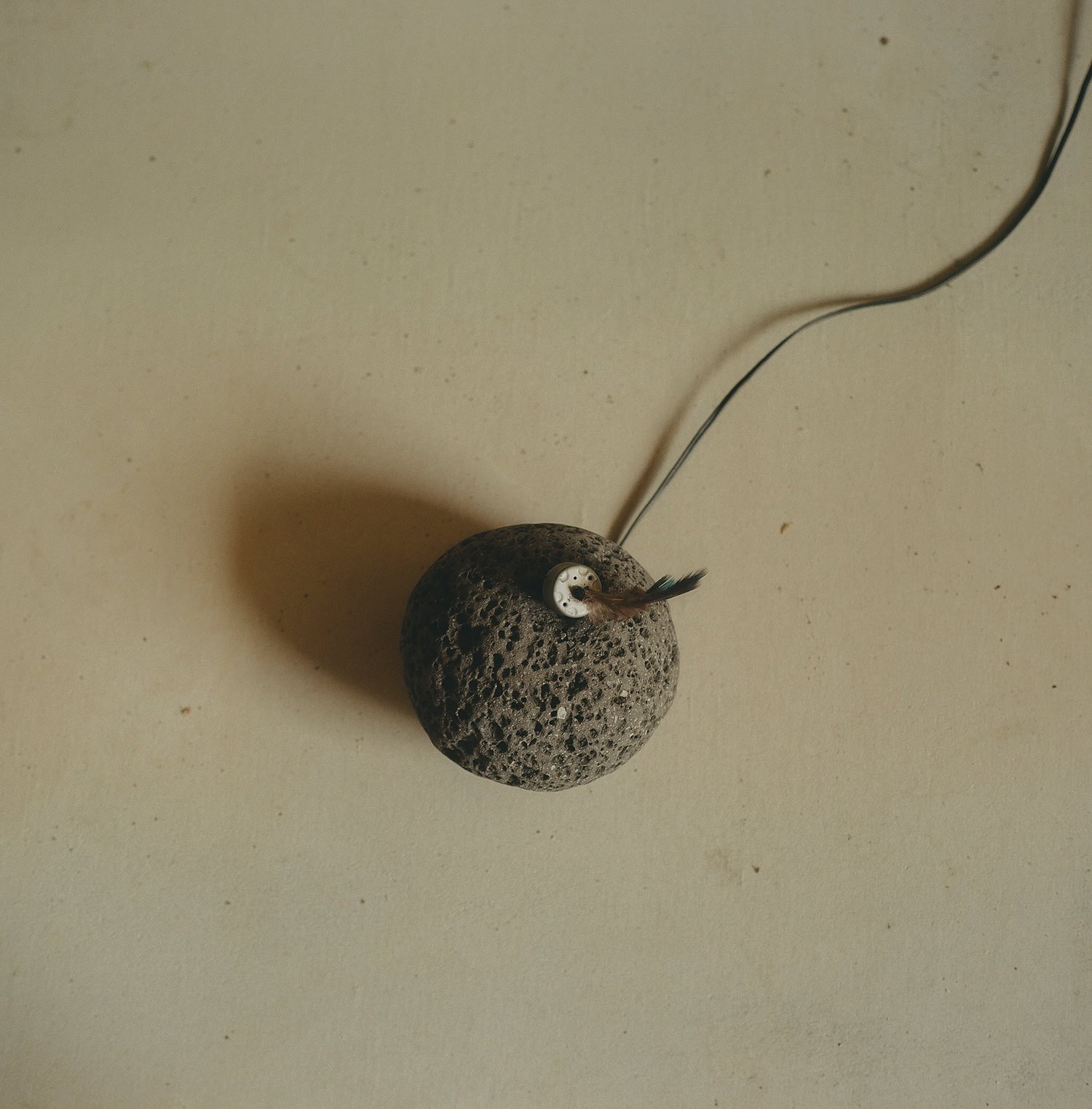
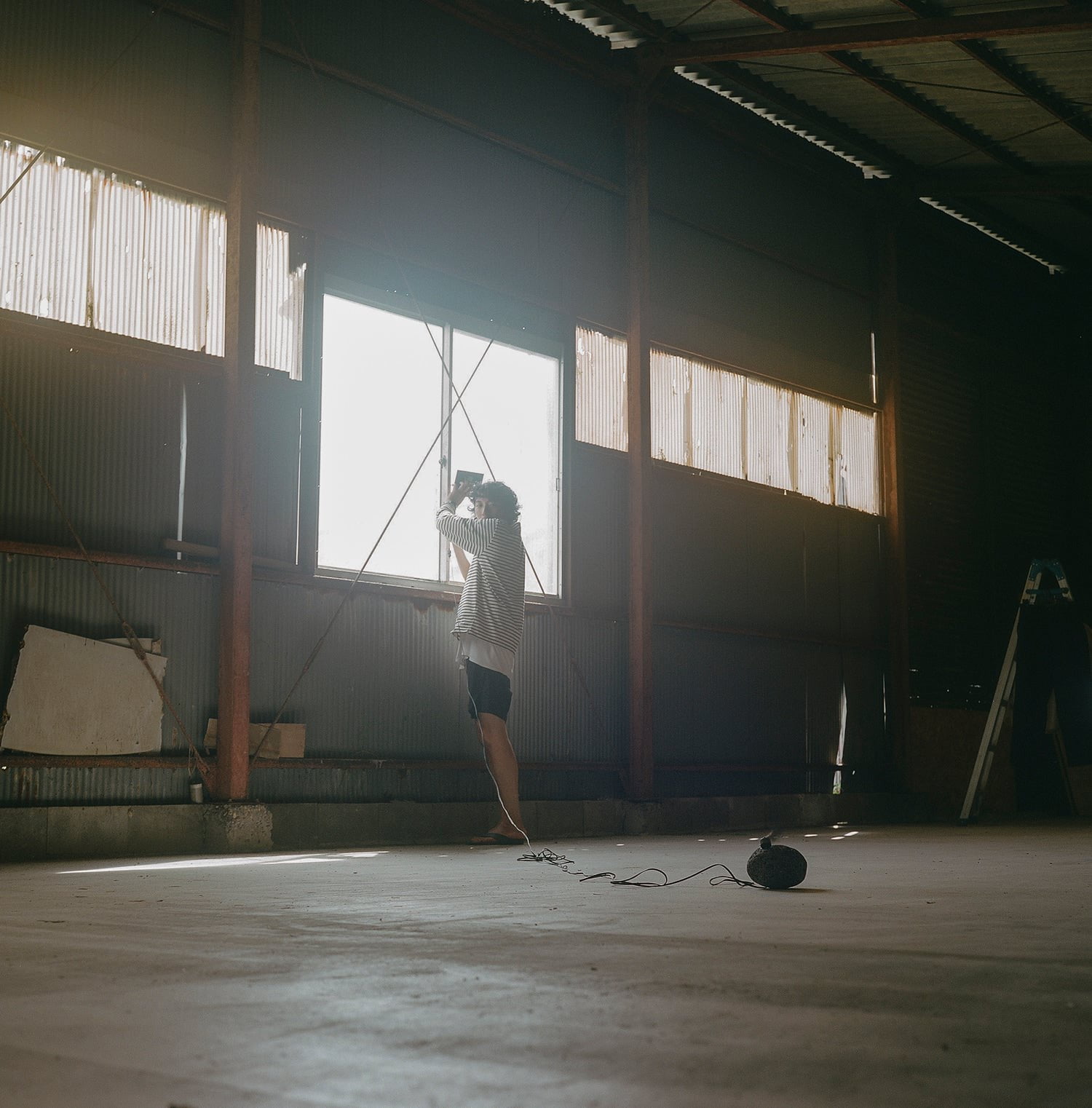
Your piece "fruiting body" was exhibited at ATAMI ART GRANT in 2021 and at the Reborn Art Festival in Ishinomaki in 2022. It's nice to see it here!
From mid-October, it will also be exhibited in Tokyo at the Mori Art Museum exhibition "Our Ecology: To Live on Planet Earth." In that piece, seawater runs down a thread and drips into rock salt, which gradually dissolves. The hundreds of millions of hours trapped in the salt dissolve simultaneously and crystallize with the present time. This work is about connecting various time axes together.
This atelier is huge.
This place used to be a warehouse, and it was a mess when I first visited it. But after almost a year of hard work, it finally looks alright. Electrical wiring work is still being done, though. It's tough to work under the hot sun... Please let me know if you can't stand the heat. There are ways to cool yourself down without using air conditioning.
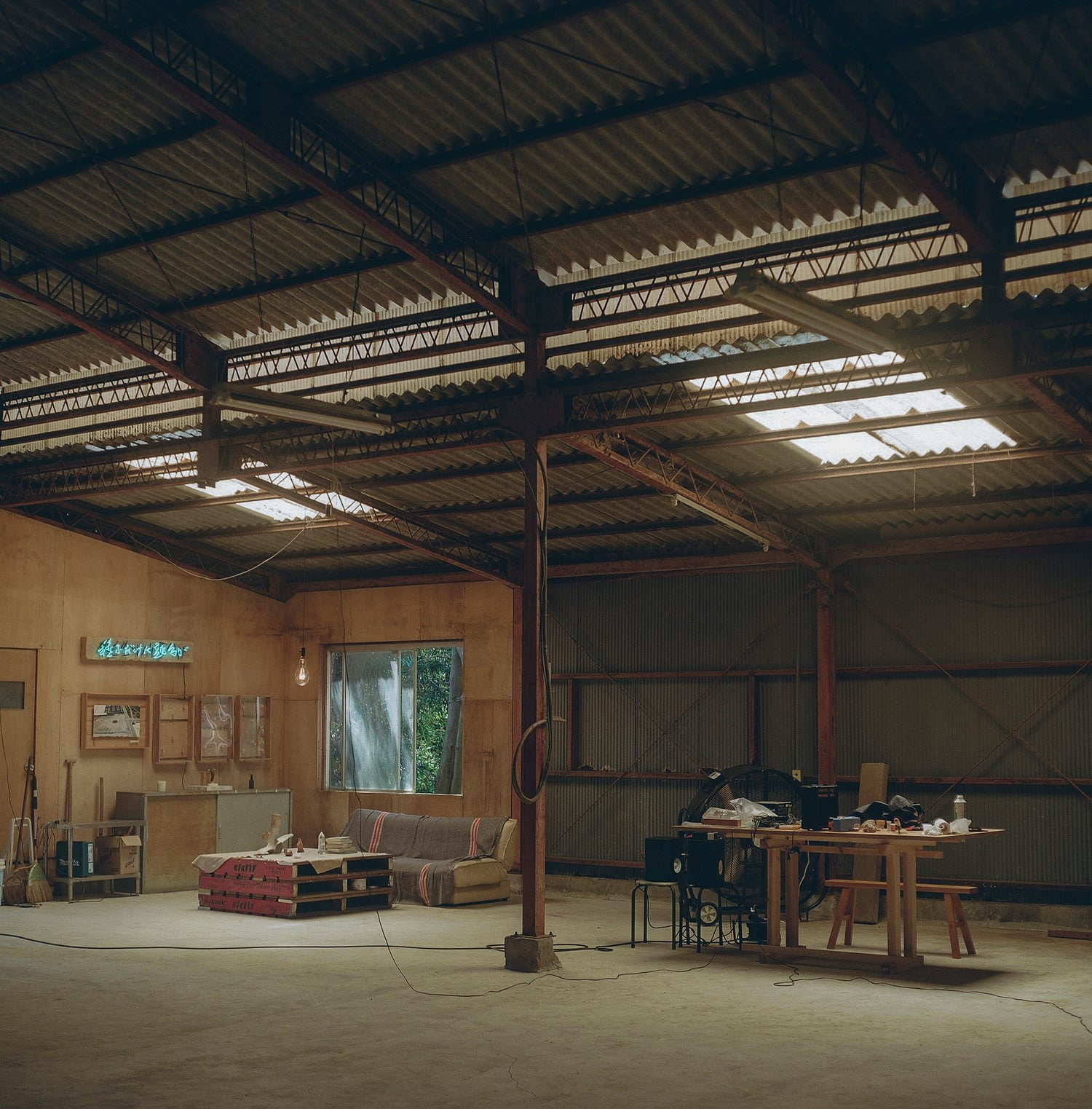
This morning, we went to Kujukuri Beach to pump seawater for "fruiting body." I thought you would load a large tank onto a truck and use an automatic pump-like device, but instead you only used a single 24L plastic tank.
I'm sure I could actually find an easier way to do it, but this morning, it was the only way I could imagine.
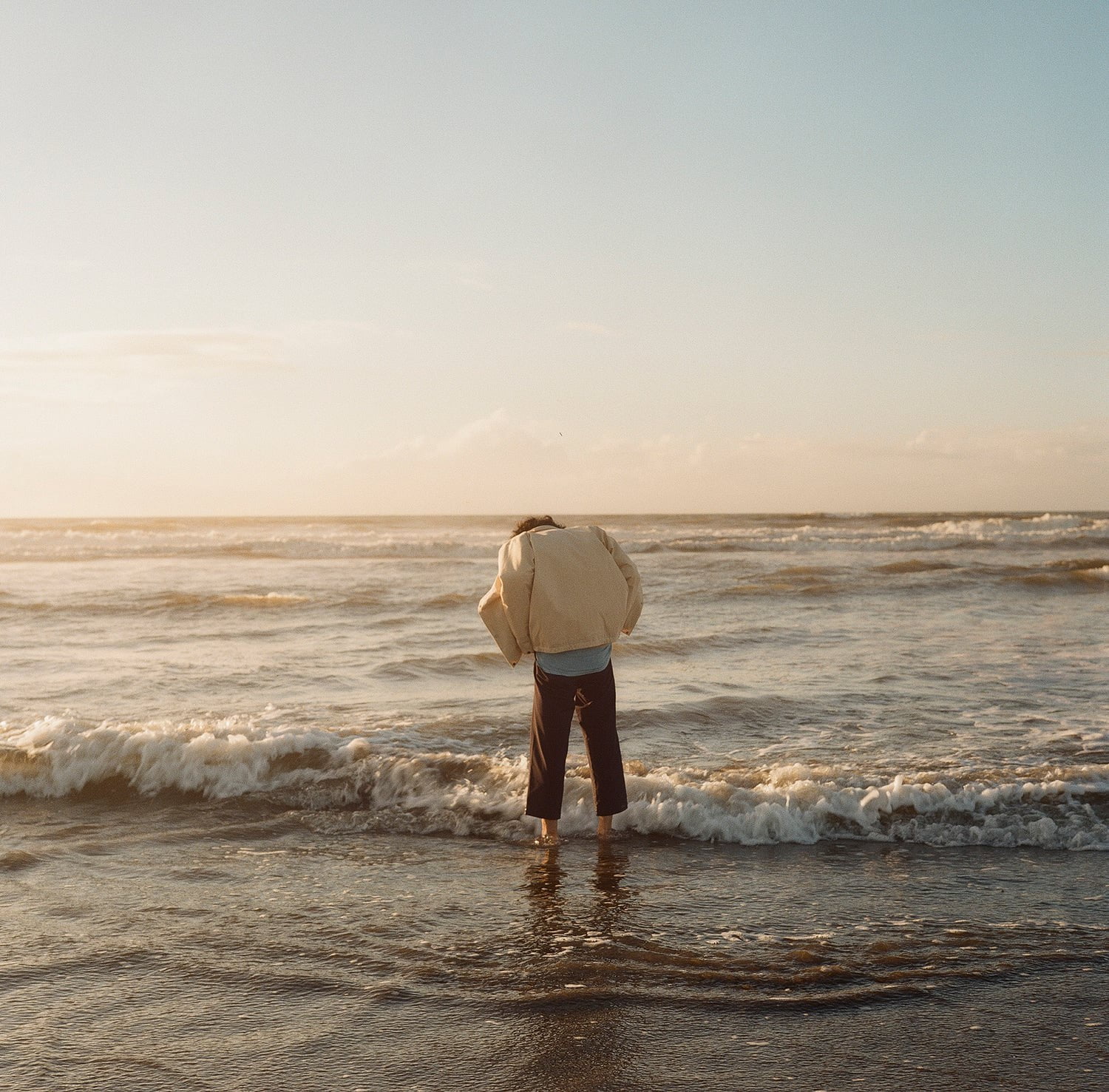
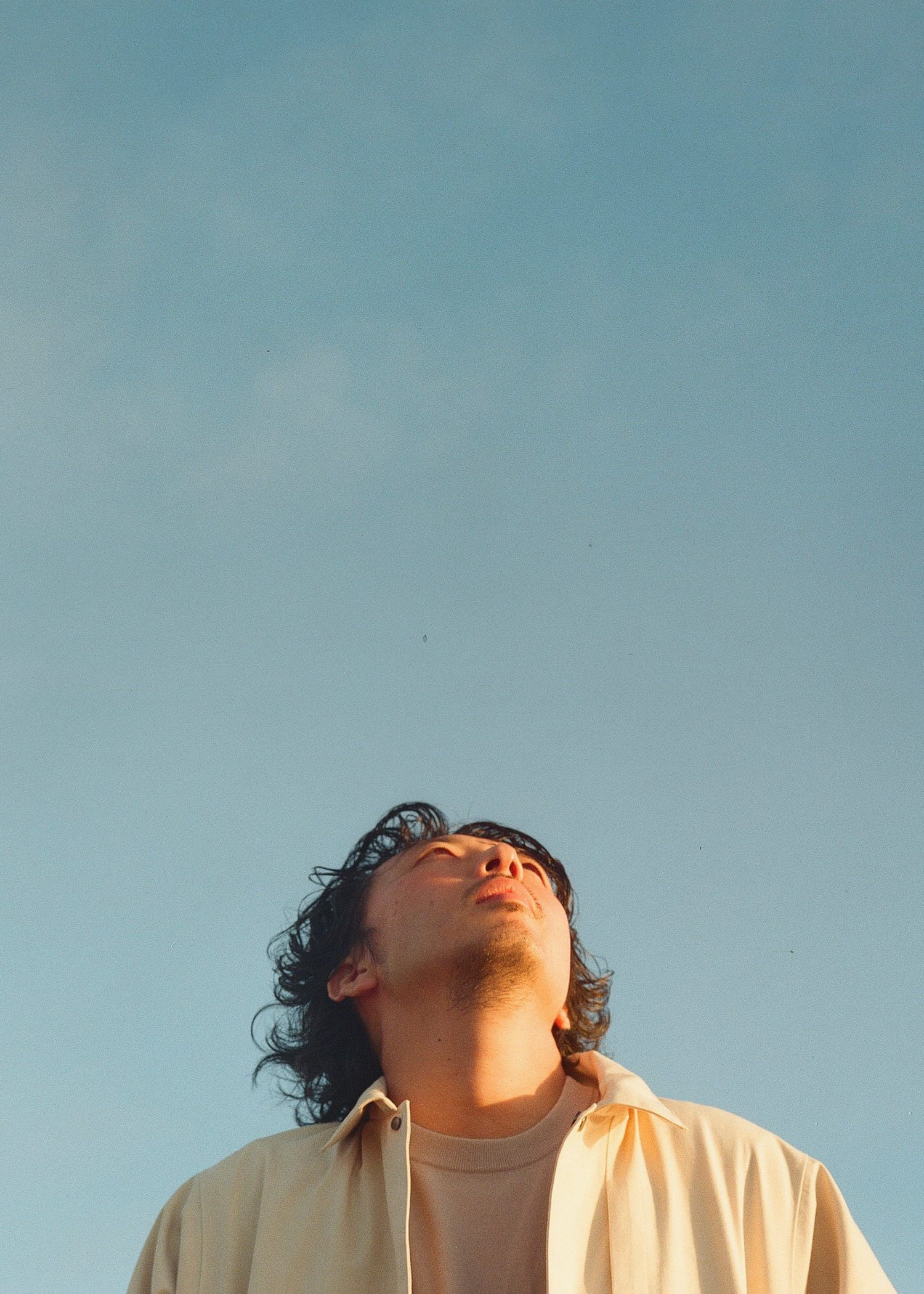
For the 2022 Reborn Art Festival, you created this "field" on reclaimed land here, in Ishinomaki, Miyagi Prefecture. This artwork is called "This ground is still alive." At first glance, we didn't realize it's a field, and we actually drove past.
I saw your car and I thought it might be you, but you guys just kept going.
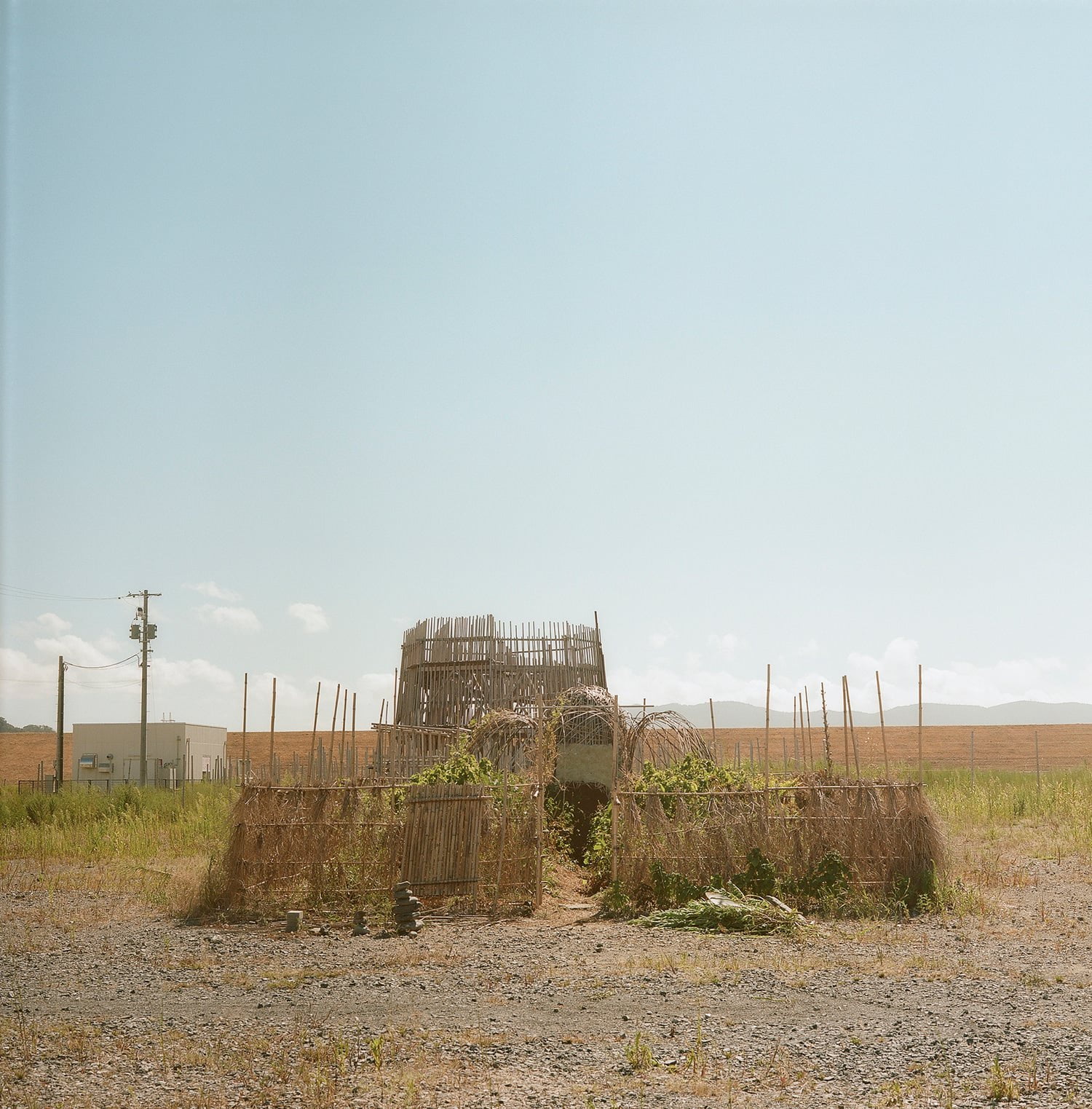
When we talked to some of the locals who helped you regenerate the land by turning it into a field, they told us that you tilled the soil without any heavy machinery, only using a pickaxe. They were quite surprised by your way of doing things!
It’s a similar approach to the way I pumped seawater this morning. Of course, it would be much easier to use heavy machinery. But if I did, I would probably not experience anything but the convenience of something being quickly done. I wanted to get closer to the sea and the soil to observe them, just as if I was looking through a microscope. Heavy machinery, and the huge amount of energy that they use, might make you lose sight of the details.
So that's why you used a pickaxe. Are you into the concept of "taking time and effort"?
I don't think of it as "taking time and effort.'' When we encounter other ecosystems and substances, unless we face them with the same energy, we may not be able to understand them and they may not speak to us.
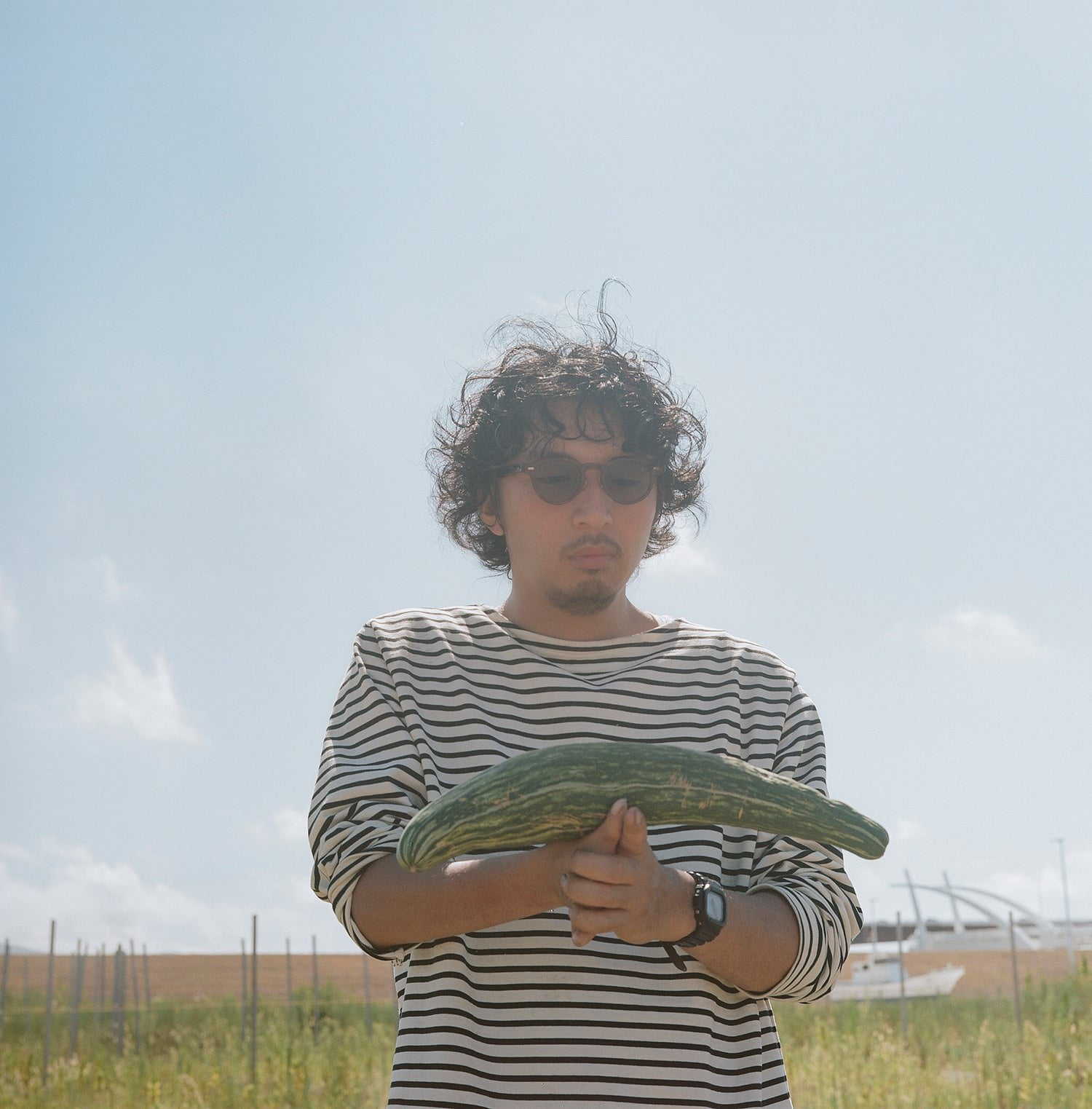
What defines you as a “contemporary artist”?
Getting my hands dirty to make my own things is what defines me as an artist.
Your blue-tinted fingernails speak for themselves. What happened to them?
A few days ago, I was re-dyeing my work clothes with indigo. Indigo is extracted from plant leaves, and the moment my fingertips were covered with indigo, I felt a little closer to nature. Touching the soil with dye on my hands felt stronger than with clean hands. I could see the link between my body and nature. It is the most exciting realization I have had recently.
Do you collect anything?
I have a habit of collecting things. I collect crystals, stones, soil samples… Not precious things, but things that have captured time.
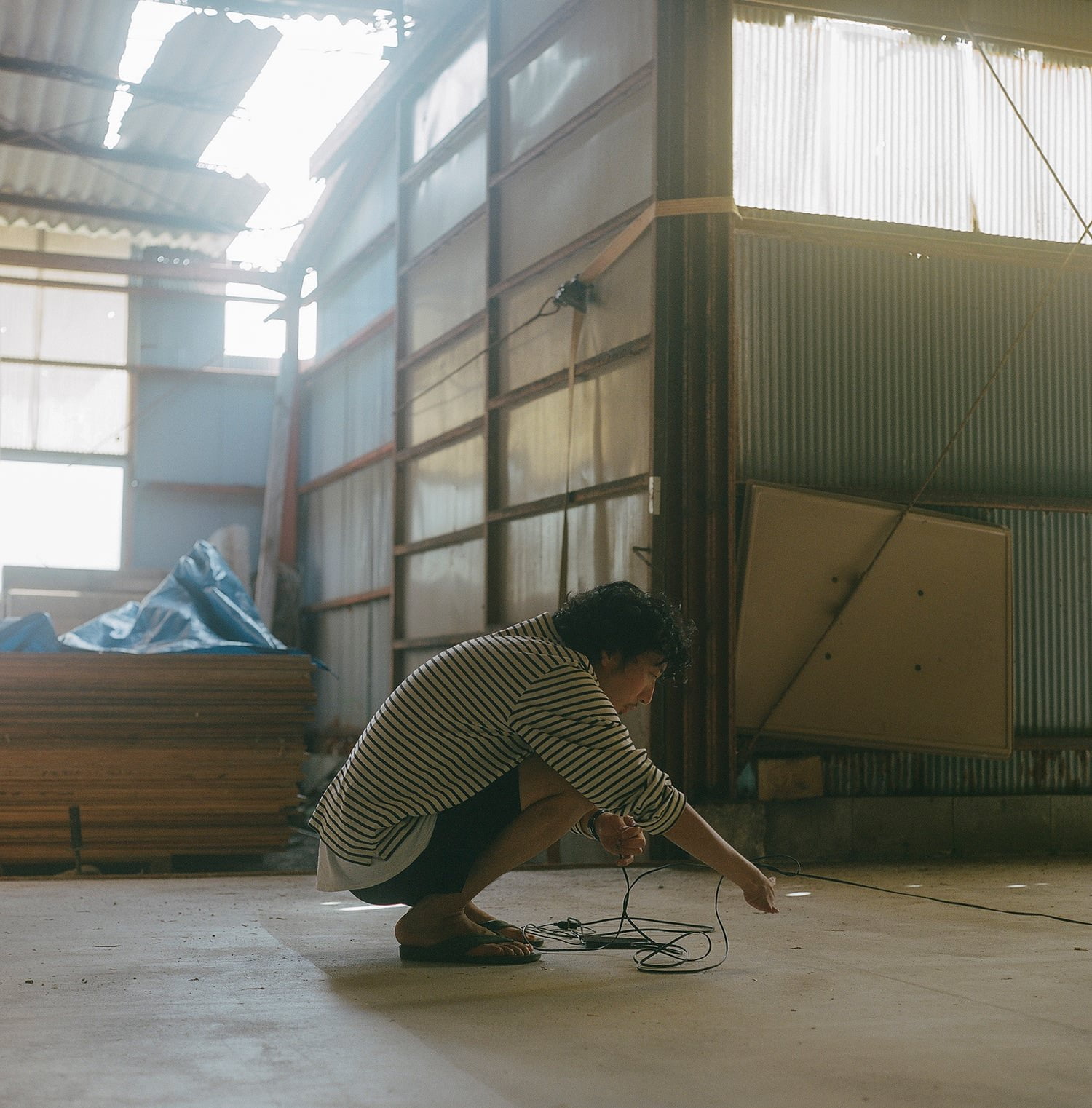
“Things that have captured time." This sounds very typical of you, Takeshi.
Soil samples are rather easy to find, so I go around and pick them up. My work "Noyaki" is made by mixing soil collected from various places and baking them in an open fire.
What kind of soil did you use for this piece?
There are about four types of soil mixed together. Since it’s made of clay, I used soil from Hokkaido, where the strata of the Jomon period rose to ground level, as a base. Then, I added soil from the field in Ishinomaki, as well as crushed ore, collected at the Annapurna mountain base camp in Nepal, which I climbed this year. Lastly, I added soil collected in front of the Watari Museum in Tokyo.
Why did you mix different types of soil?
Because they are connected. The oceans are connected, and so is the land. We tend to draw a line between them, like a border, and see them as separate things, but they are essentially connected. I created this work hoping to bring them together again.
You’ve been wearing a jacket and a striped long sleeve shirt made of Brewed Protein™ fibers, which is made from artificial protein. What are your impressions?
Considering the fact that petroleum products will no longer be available in the near future, we will have to rely on products derived from nature, such as wool and cotton. Under such circumstances, I thought that "products made by humans for humans" such as Brewed Protein™ products had tremendous potential. Moreover, if we pursue this kind of manufacturing, it becomes a matter of "creating and returning to nothing." I feel that this is a new concept that goes beyond the ideas of reusing and recycling.
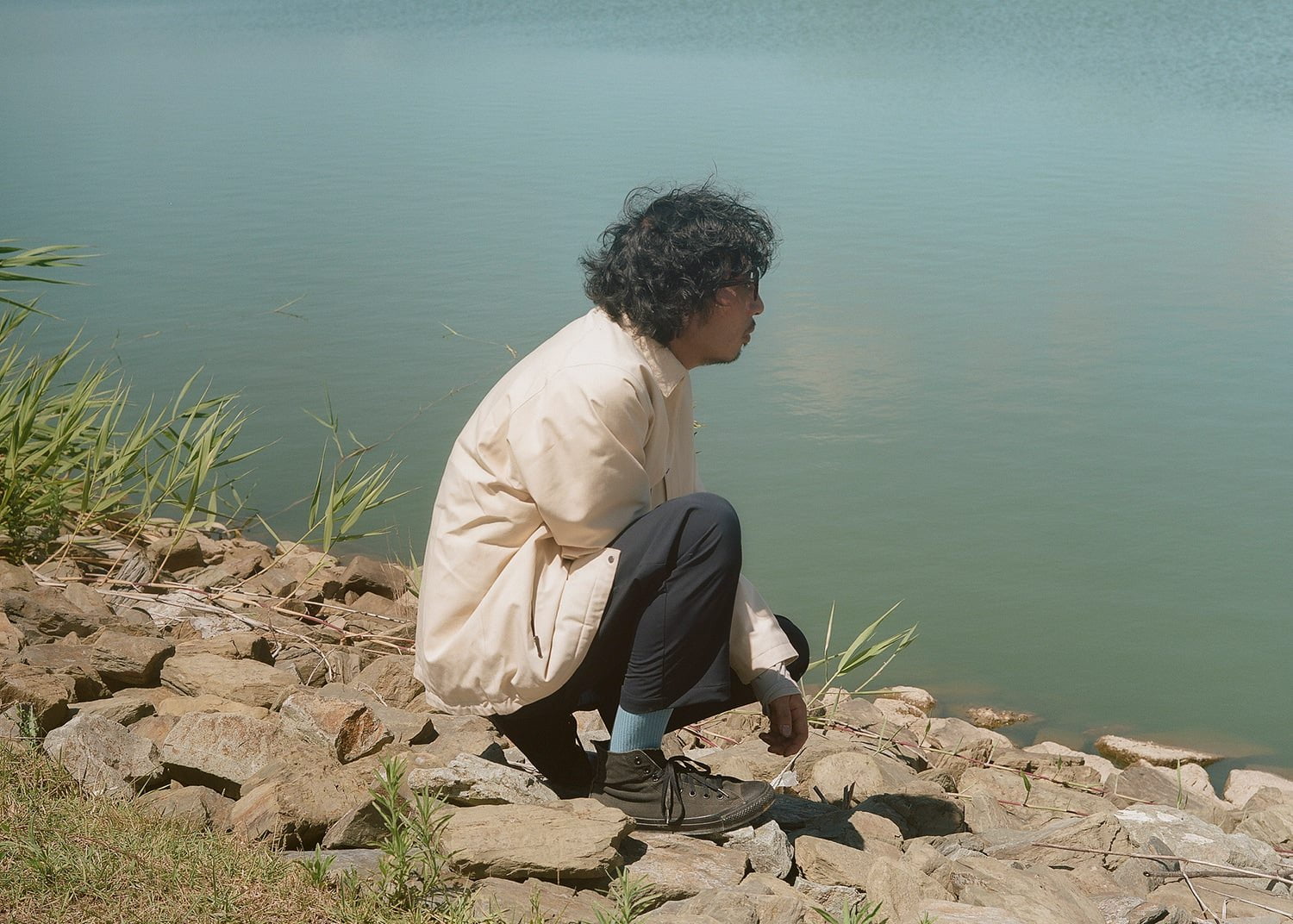
You have the habit of looking at things as through the high-resolution lens of a microscope. Do you find that any of the clothes you wear or things you use have required a certain amount of time to be made?
Whether it’s made artificially or naturally, I don't think there is anything in the world that was made quickly. I believe that the existence of every single thing is the result of some intention. And personally, I tend to prefer things that required a lot of time and effort to be made.
How would you define the difference between artificial and natural?
I used to think of cities as man-made, but even concrete is made from natural materials. I think it’s is a fine line between artificial and natural. Recently, I have come to think that trying to distance ourselves from nature, or control it, may be “artificial.”
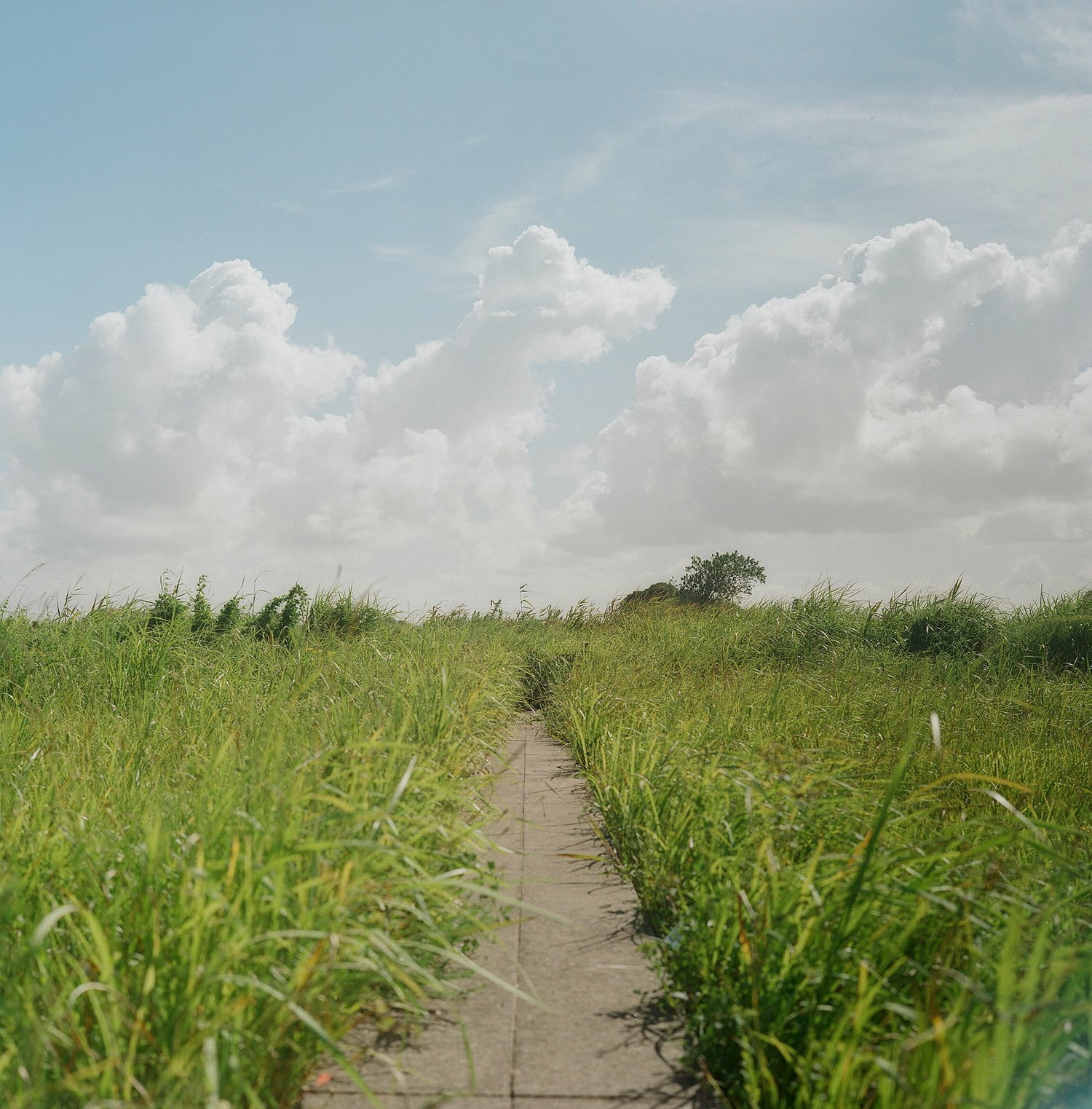
Do you find something new everyday?
I walk with my head down more than most people! I'm always looking for something. I have Ainu friends in Hokkaido, and even when driving their car at 60 or 70 km/h, they can recognize wild vegetables from their fleeting silhouette. In my case, it's soil or minerals.
I guess that the skill of your Ainu friends is tied to their appetite. How about you? Where does your ability to find soils and minerals come from?
I’m just very curious, and constantly wonder about things around me… Naturally, in the back of my mind, I always think about whether this or that could be used for my work. But the reason I started collecting soil was because I found quartz in it and thought it was very beautiful. As I researched about quartz, I found that many earthenware vessels containing such sparkling stones were excavated from the Jomon Period in Hokkaido. I think they were used for decoration. Our sense of beauty might actually be the same today.
Spending two days with you is enough to start seeing things in a different way. Do you feel like you are helping people through art?
I don't think I can do such a thing. All I hope is to share some feelings with others.
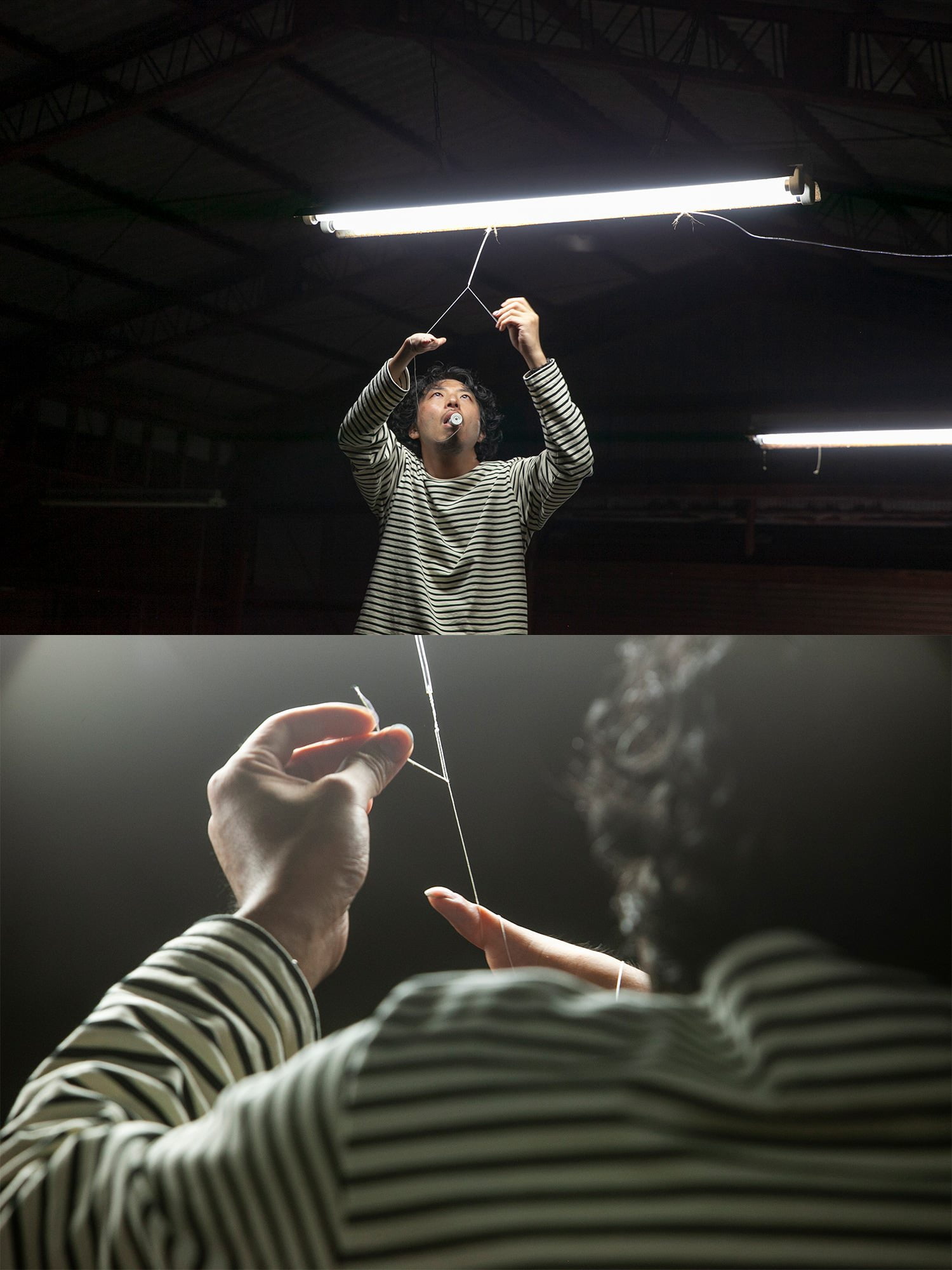
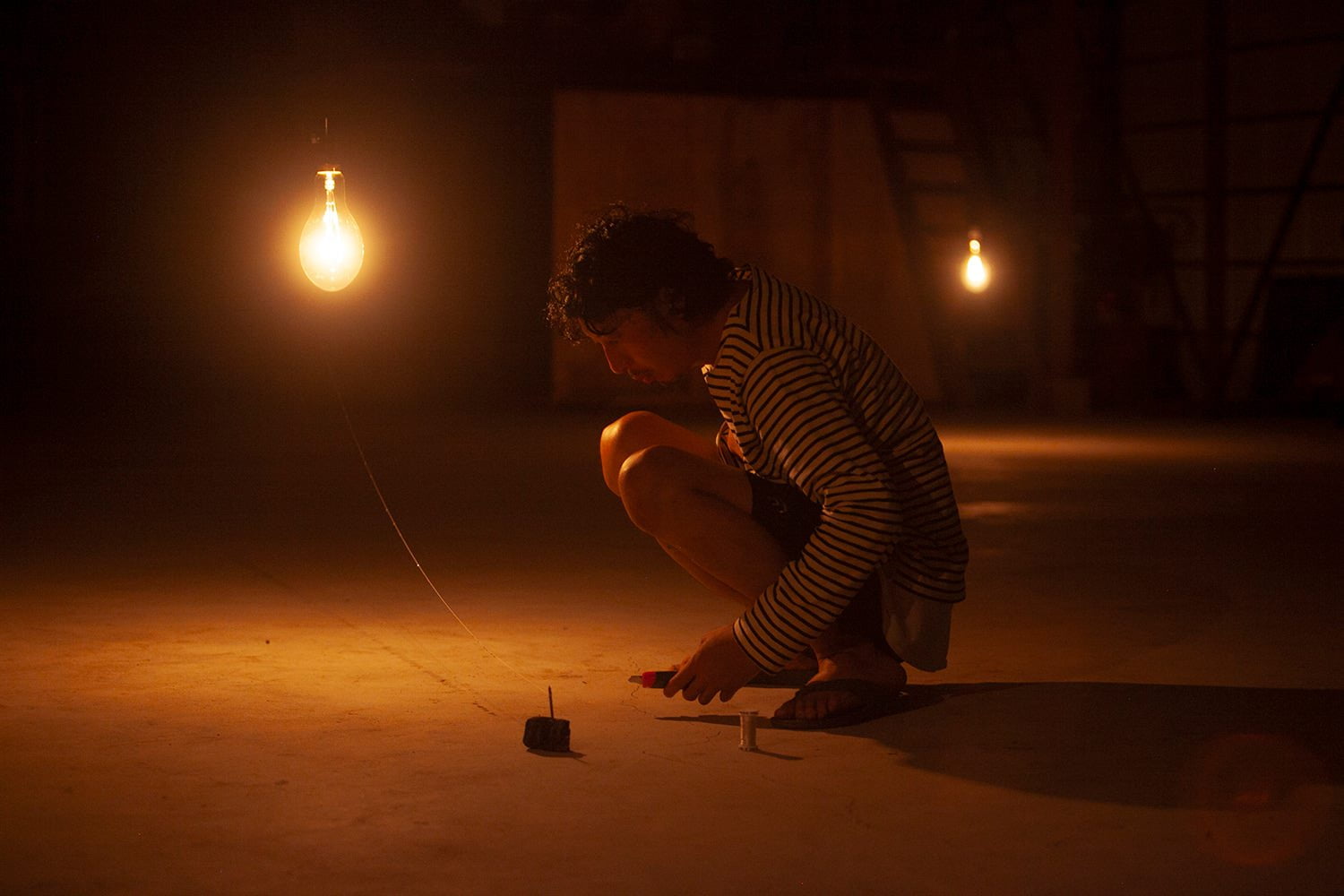
What kind of feelings?
It's a small thing. For example, silkworms may look and feel disgusting to some people. However, the silk threads they produce are extremely beautiful. When you look at it from that perspective, you realize what beautiful creatures they are. It's natural to judge from appearance, that is, apparent beauty. What's inside cannot be easily seen. I want to believe that what you can see with your eyes is not everything, and I want to approach everything with that mindset.
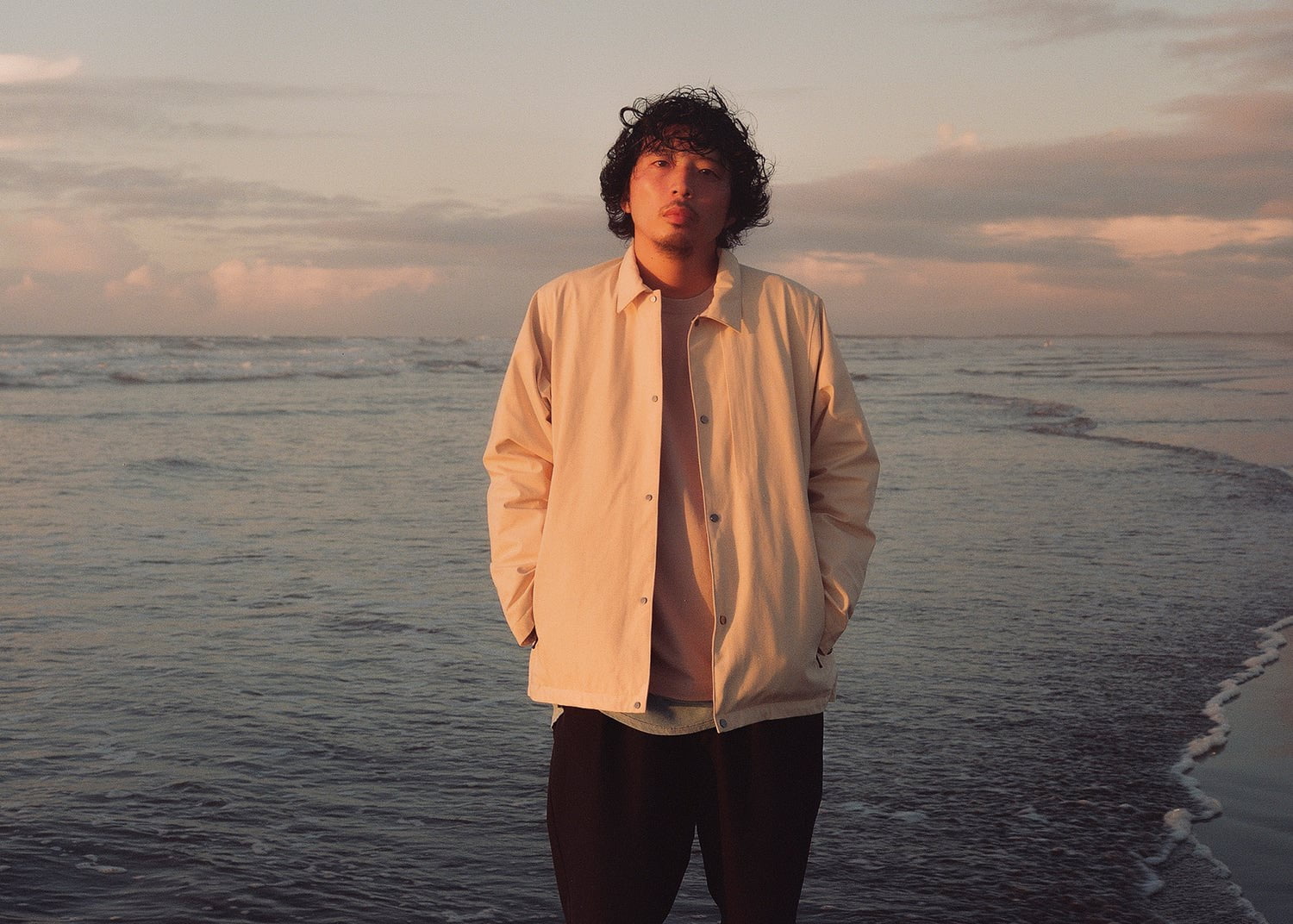
Takeshi views technology, living things, inanimate objects, and humans not along a vertical axis but a horizontal one, and aims to acknowledge existence as a whole through his work. Takeshi is based in France and Japan.

